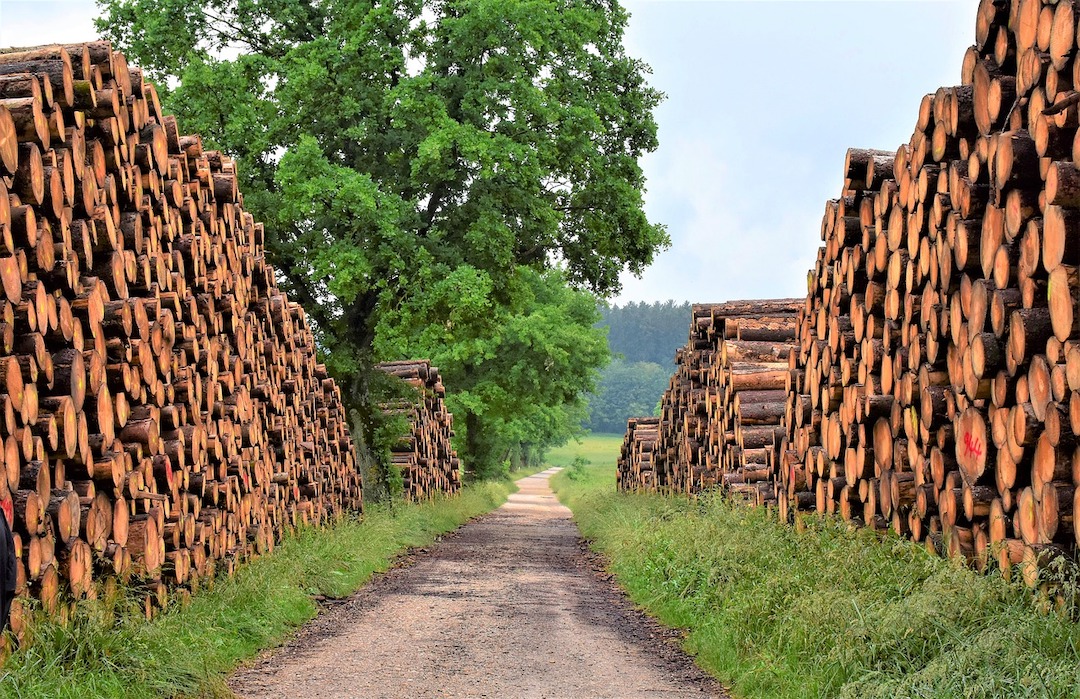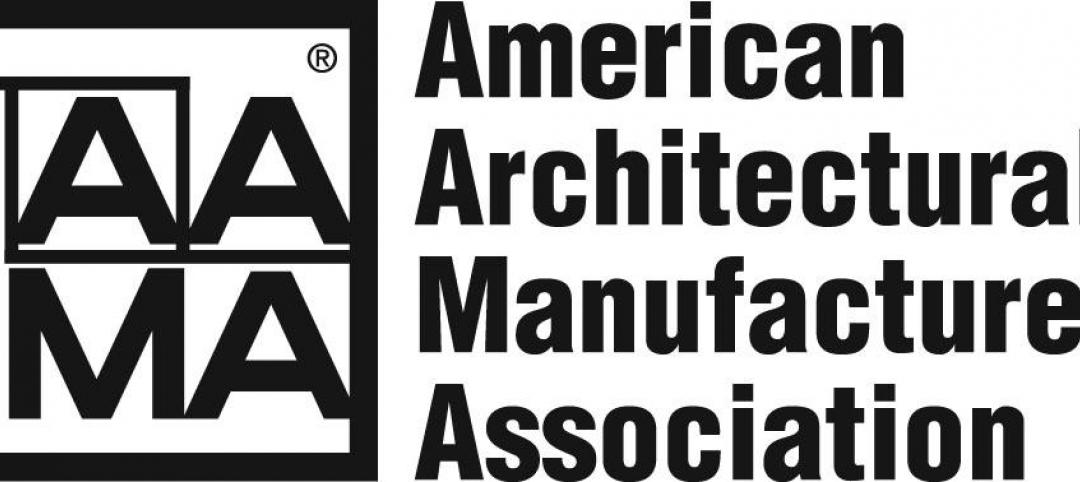Choosing building materials wisely is critical for companies looking to build net-zero carbon offices, according to researchers at Canada’s Ryerson University.
In 2020, the extraction, transport, and manufacturing of building sector materials accounted for 10% of global greenhouse gas emissions, the researchers say. “If buildings are to make meaningful contributions to keeping global temperature rise to 1.5 C above pre-industrial levels, limiting emissions from building materials is crucial,” they say.
In recent years, designers and contractors have made great strides in energy efficiency, on-site heating and cooling, waste reduction, and recycling. Building materials present a newer opportunity for office projects to reduce their carbon footprint.
Construction of Walmart’s new home office in Bentonville, Ark., expected to be completed by 2025, offers an example of what can be accomplished using bio-based building materials. The retail giant’s corporate campus is the largest underway in the U.S. It will use mass timber including large engineered structural wooden panels.
In order to gain the most environmental benefit, materials must be sourced from sustainable supply chains. Building office towers with timber can be counterproductive if large amounts of carbon dioxide are emitted during logging, transport, and manufacture of wood products.
Related Stories
| Nov 26, 2012
Changes in development and building standards needed for health of Potomac River
The Potomac River’s health stands to suffer if the region does not change its development and building standards, according to the Potomac Conservancy.
| Nov 16, 2012
South Dakota prefers LEED over building code on state projects
“(LEED is) much better than a mandatory building code because you get a little wiggle room in these projects,” said Mike Mueller, a spokesman for the South Dakota Bureau of Administration.
| Nov 16, 2012
AAMA publishes quality assurance guidelines for Polyamide Thermal Barriers
The American Architectural Manufacturers Association (AAMA) has published QAG-2-12, Voluntary Quality Assurance Processing Guide for Polyamide Thermal Barriers.
| Nov 16, 2012
New ANSI/BIFMA standards developed for educational seating
The American National Standards Institute (ANSI) has approved the newly developed safety and performance standard for educational seating: ANSI/BIFMA X6.1-2012—the first of its kind.
| Nov 16, 2012
Green building councils in 62 countries expect 60% of their work to be green by 2015
More than half of the respondents to a survey of members of the Green Building Council in 62 countries expect green projects to comprise 60% of their work by 2015.
| Nov 16, 2012
Voters approve fewer construction ballot measures in 2012 than in 2008
Voters passed fewer ballot measures related to construction projects this year than they did in 2008, according to an analysis by the Associated General Contractors of America.












